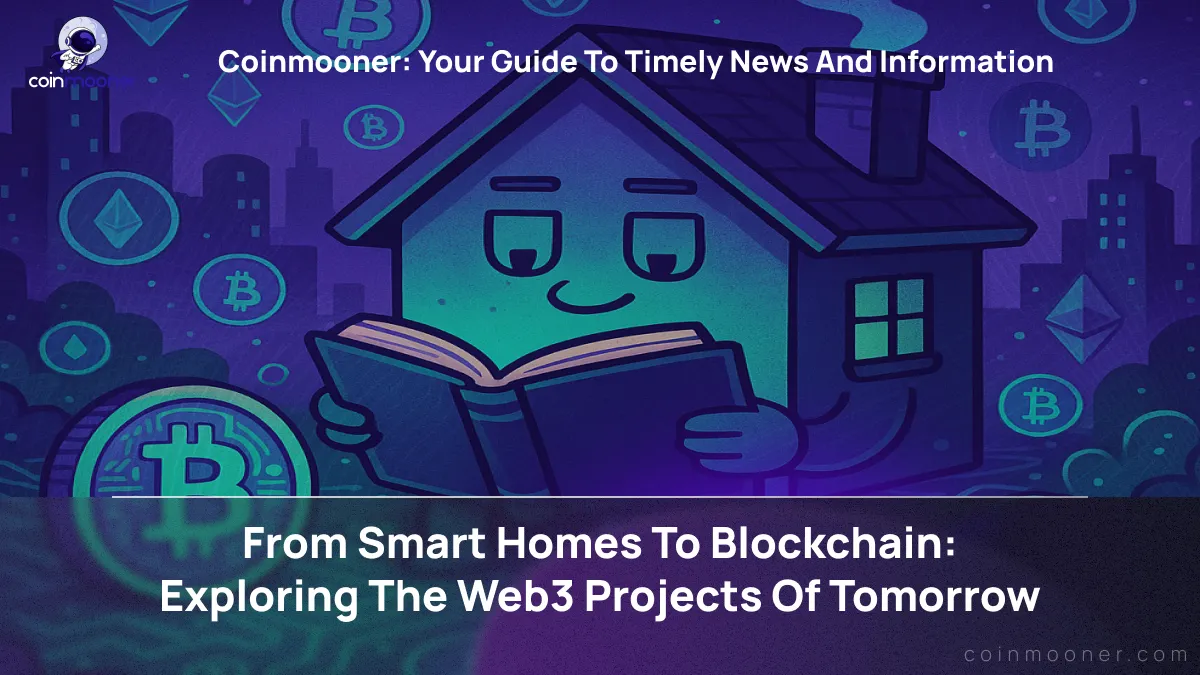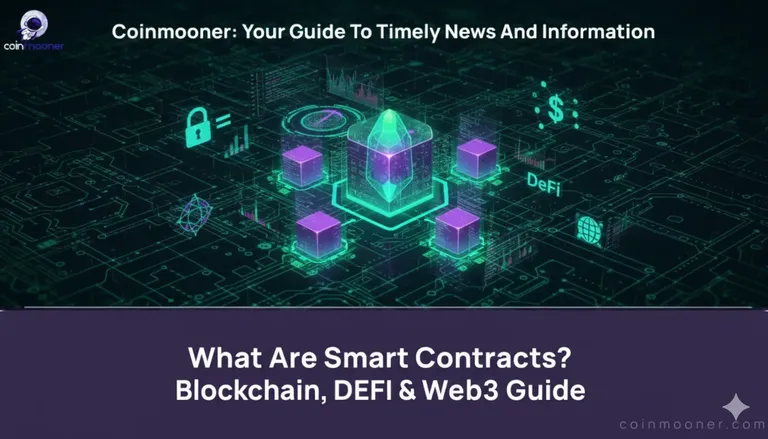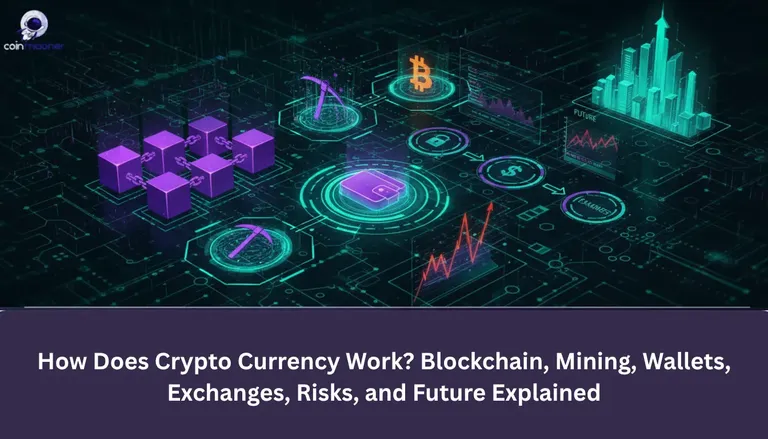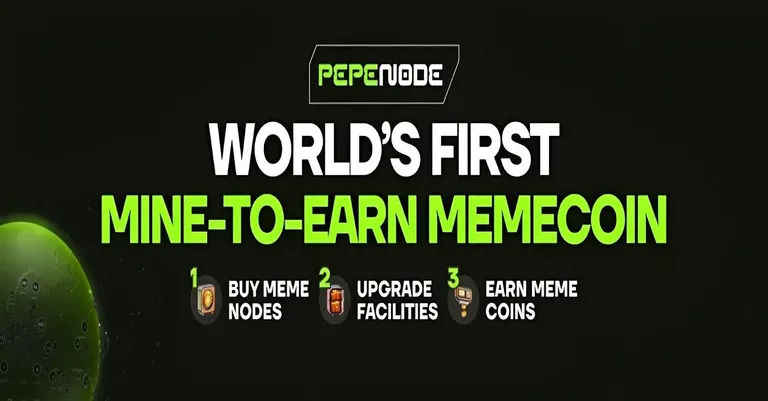Exploring the Future of Web3: Three Innovative Decentralized Projects

In today's article, Coinmooner is excited to share information about three innovative projects united by using advanced technologies to create decentralized solutions within Web3 with our readers. These projects have similar goals and objectives related to developing autonomous systems capable of efficiently managing and ensuring interaction between users, devices, and data. They also aim to minimize dependence on traditional centralized services, providing the possibility of a more independent and secure organization of digital processes.
In this article, we will take a closer look at the technologies and mechanisms that underpin these projects and how they contribute to improving transparency, security, and automation of all processes. We will pay special attention to the elements that ensure data protection, effective network interaction, and the ability to scale solutions. It is important to note that each of these projects has its unique concept, but they all share a common goal—building more open and independent digital ecosystems.
To better understand how these projects achieve their goals, let's examine each one, analyze its key features, and assess its potential in the context of rapidly developing Web3 technologies and decentralized solutions.
HOMEDAO

The first project Coinmooner wants to discuss is HomeDAO — a decentralized autonomous organization (DAO) created in 2022 in the United Kingdom to bring Web3 developers and entrepreneurs under one roof. The project's initiators, including Josh Lavorini, launched HomeDAO as a living and working space where participants can focus on creating startups related to blockchain and decentralized technologies. Since its launch, the project has expanded to London and Cambridge, providing infrastructure for more than two dozen residents to live and work together.
The primary mission of HomeDAO is to accelerate the development of Web3 projects through intensive interaction within the community. The "hacker house" format allows participants to constantly exchange knowledge, participate in hackathons, and develop their ideas in a supportive environment. In a short time, HomeDAO residents have founded several startups with multimillion-dollar valuations, proving the chosen model's effectiveness. Successful performances at major international hackathons have enhanced the community’s reputation as one of the most productive incubators in the Web3 space.
Web3 technologies are at the core of the entire HomeDAO system. The DAO governance model is used for collective decision-making, and smart contracts ensure transparency and automation of processes — from renting housing to distributing income. Participants use special tokens: one for voting and participating in governance and another for paying for services and earning income from real estate. Thus, HomeDAO uses blockchain technology and demonstrates how decentralization can work in real life — in the context of urban environments and co-living.
HOME ASSISTANT

The next project we want to discuss is Home Assistant — an open-source platform for smart home automation, launched in 2013 by developer Paulus Schouten. The project started as a hobby but quickly gained popularity due to its flexibility, local data processing, and support for various devices. Home Assistant allows users to fully control and automate all the equipment in their home, from lighting and climate control to alarms and multimedia, through a single interface.
The main goal of Home Assistant is to give users complete control over their smart home without relying on cloud services from large companies. Unlike many commercial systems, Home Assistant focuses on privacy and autonomy: data remains on the user’s device, and automation works locally, even without internet access. The project is supported by a community of developers and the Nabu Casa Foundation, which offers cloud features through a subscription, thus supporting the continued development of the platform.
Although Home Assistant was not connected initially to Web3, it provides opportunities for integration with blockchain technologies and decentralized services. For example, through third-party modules, users can implement access control to the home using NFTs, log events on the blockchain for transparency, or even connect to DAO systems for collective management of shared resources in apartment buildings. In this way, Home Assistant becomes a convenient foundation for hybrid solutions, combining Web2 and Web3 in the smart home space.
SMARTMESH

The last project that Coinmooner wants to discuss is SmartMesh, a decentralized project founded by Henry Wang in 2017 with the goal of creating an autonomous, resilient, and global data transmission network independent of the Internet. Inspired by decentralization, the project was developed to enable communication between devices through mesh networks, where devices directly exchange data without a central server or provider. This is particularly relevant for regions with unstable internet or in emergencies.
The main goal of SmartMesh is to provide a platform on which various IoT solutions can operate, including smart homes, autonomous sensors, and devices in agriculture or logistics. The ecosystem includes the SMT token (SmartMesh Token), which incentivizes network nodes, facilitates micropayments, and enables interaction between participants. In addition to the leading network, SmartMesh includes the Spectrum protocol (its blockchain) and a mobile wallet that can transfer data and cryptocurrency offline.
Web3 is at the core of SmartMesh's architecture: the project uses blockchain to manage identity, security, and microtransactions between devices. Thanks to its decentralized structure, users maintain complete control over their data and can interact with each other without intermediaries. In the context of smart homes, this allows, for example, automation and device access to continue functioning even without internet access, as well as secure and autonomous data transmission between sensors, cameras, and controllers. SmartMesh demonstrates how Web3 can become the infrastructural foundation for truly offline-capable innovative systems.

COINMOONER
CoinMooner is confident that these three projects are shining examples of how Web3 technologies and blockchain can transform various aspects of life and business. Each represents a unique solution for creating decentralized ecosystems that enhance security and transparency and open up new opportunities for users worldwide. Whether it's collaborative work in "hacker houses," autonomous smart home systems, or decentralized networks for data transmission, these initiatives are pushing us toward a more open and secure digital future.
In conclusion, these projects are just the beginning of a broader movement toward decentralization, which will continue to evolve and impact many industries. Coinmooner supports such initiatives because they accelerate the development of technologies and help create a more sustainable and independent infrastructure where users remain at the center of all processes. We look forward to the continued success of these projects and their impact on the Web3 ecosystem.
We also want to remind everyone that in the Web3 industry, applying the most modern and effective security methods to ensure the maximum safety of your data and finances is crucial.










